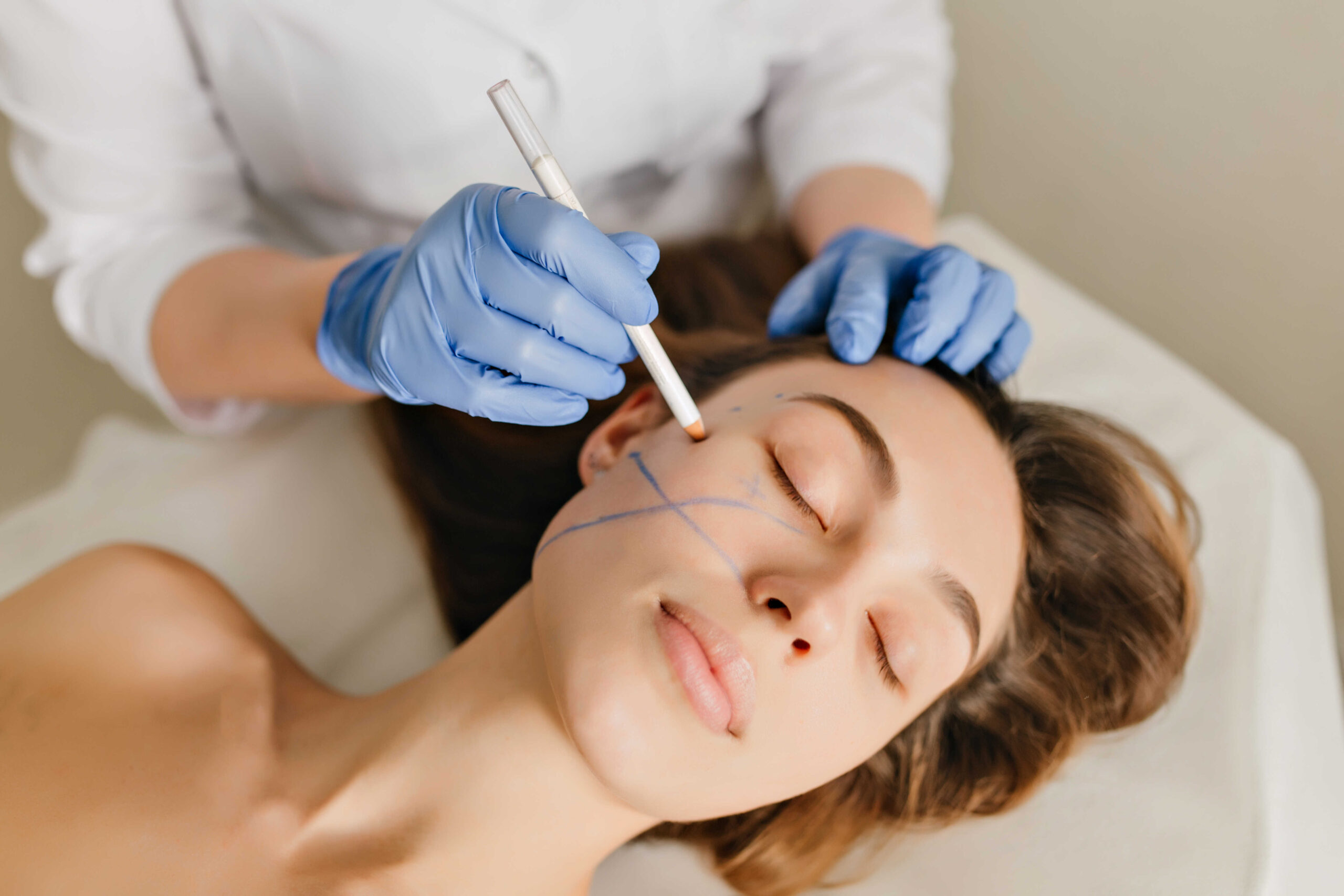Melasma is a common skin condition that presents as brown or grayish patches, typically on the face, but it can also appear on other sun-exposed areas of the body. While it’s not harmful, melasma can be a source of distress for those who experience it, primarily due to its noticeable impact on skin tone. Effective melasma treatment is essential for achieving a more even complexion and boosting confidence.
Understanding Melasma: What Causes It?
Melasma develops when the melanocytes, the skin cells responsible for pigment production, go into overdrive. This excessive production of melanin leads to the formation of dark patches. While the exact cause isn’t entirely understood, several factors have been identified as contributors to melasma.
1. Hormonal Changes
One of the most significant triggers for melasma is hormonal changes, particularly those experienced during pregnancy, use of birth control pills, or hormone replacement therapy. Known as the “mask of pregnancy,” melasma frequently affects pregnant women due to the surge in estrogen and progesterone levels, which stimulate melanocyte activity.
2. Sun Exposure
Ultraviolet (UV) light from the sun is another primary cause of melasma. UV rays increase melanin production as the skin’s defense mechanism against sun damage. However, for individuals prone to melasma, even minimal sun exposure can exacerbate the condition, causing existing patches to darken and new ones to form. This makes sun protection a crucial aspect of effective melasma treatment.
3. Genetic Predisposition
Genetics also play a role in melasma development. Individuals with a family history of melasma are more likely to develop the condition themselves. This genetic predisposition means that, in some cases, melasma can be difficult to prevent, making targeted treatments all the more important.
4. Skincare Products and Cosmetics
Certain skincare products and cosmetics, particularly those that irritate the skin or contain harsh chemicals, can trigger or worsen melasma. Fragrances, alcohol, and some preservatives in skincare products are known to cause irritation, leading to increased pigmentation in those susceptible to melasma.
5. Heat Exposure
While sun exposure is the most well-known environmental factor, heat alone can also trigger melasma. Whether from outdoor activities, hot yoga, or even cooking in a warm kitchen, heat exposure can lead to inflammation, which in turn stimulates melanocytes to produce more pigment.
Prevention: Steps to Keep Melasma at Bay
Preventing melasma requires a combination of lifestyle changes and the use of appropriate skincare products. Here’s how you can protect your skin and reduce the risk of melasma.
1. Daily Sun Protection
Sun protection is the cornerstone of melasma prevention. Use a broad-spectrum sunscreen with an SPF of 30 or higher every day, even when indoors, as UV rays can penetrate windows. Reapply sunscreen every two hours, especially if you’re outdoors, sweating, or swimming. Wearing wide-brimmed hats, sunglasses, and seeking shade whenever possible can also provide additional protection.
2. Choose Gentle Skincare Products
Opt for skincare products formulated for sensitive skin, free from harsh chemicals, and fragrances. Look for ingredients like niacinamide and hyaluronic acid, which are known for their soothing and hydrating properties. These can help maintain the skin’s barrier function and reduce the risk of irritation-induced melasma.
3. Hormonal Management
If you are using hormonal contraceptives or undergoing hormone replacement therapy, and notice the onset of melasma, consult with your healthcare provider. They may suggest alternative treatments or additional precautions to help manage melasma while continuing necessary hormone therapy.
Effective Melasma Treatment: How to Achieve Even Skin Tone
Treating melasma requires a multifaceted approach, as no single treatment works for everyone. Here are the most effective melasma treatments available today.
1. Topical Treatments
Topical treatments are the first line of defense against melasma. These include:
- Hydroquinone: Often considered the gold standard for melasma treatment, hydroquinone works by inhibiting the enzyme responsible for melanin production. Over time, this leads to a gradual lightening of the dark patches.
- Tretinoin and Corticosteroids: These are often used in combination with hydroquinone to enhance its effectiveness. Tretinoin accelerates cell turnover, helping to shed pigmented cells, while corticosteroids reduce inflammation that can worsen melasma.
- Azelaic Acid: A gentler alternative to hydroquinone, azelaic acid is effective in reducing melanin production and is suitable for those with sensitive skin.
2. Chemical Peels
Chemical peels involve applying an acid solution to the skin, which exfoliates the top layers and encourages the growth of new, evenly pigmented skin. Glycolic acid, lactic acid, and trichloroacetic acid are commonly used for treating melasma. These peels can be effective, but they must be administered by a trained professional to avoid complications like post-inflammatory hyperpigmentation.
3. Laser Treatments
Laser treatments, particularly Pico laser, have revolutionized melasma treatment. Pico laser delivers ultra-short pulses of energy to the skin, targeting the pigment without damaging surrounding tissue. This treatment breaks down the melanin particles, which are then naturally eliminated by the body. Pico laser is effective for treating stubborn melasma and can be used in combination with other treatments for enhanced results.
4. Microdermabrasion
Microdermabrasion is a non-invasive procedure that exfoliates the outermost layer of the skin, helping to fade melasma patches over time. It’s a gentler option compared to chemical peels and is suitable for individuals with mild melasma. Regular sessions are needed to achieve and maintain results.
5. Oral Medications
In some cases, oral medications like tranexamic acid may be prescribed. Tranexamic acid works by reducing the activity of melanocytes, leading to a gradual lightening of melasma. This treatment is typically reserved for individuals with severe or resistant melasma and should be monitored by a healthcare professional.
Long-Term Management of Melasma
While effective melasma treatment can significantly improve skin tone, ongoing management is crucial to prevent recurrence. Continue using sun protection daily and follow a skincare routine that includes maintenance treatments, such as topical retinoids or antioxidants, to keep melasma at bay. Regular visits to a dermatologist for professional treatments can also help maintain your results.
In conclusion, melasma is a challenging condition, but with the right approach, it’s possible to achieve and maintain a more even skin tone. Combining sun protection, gentle skincare, and targeted treatments like Pico laser can provide effective results. By understanding the causes and taking proactive steps to manage them, you can enjoy clearer, more radiant skin.


